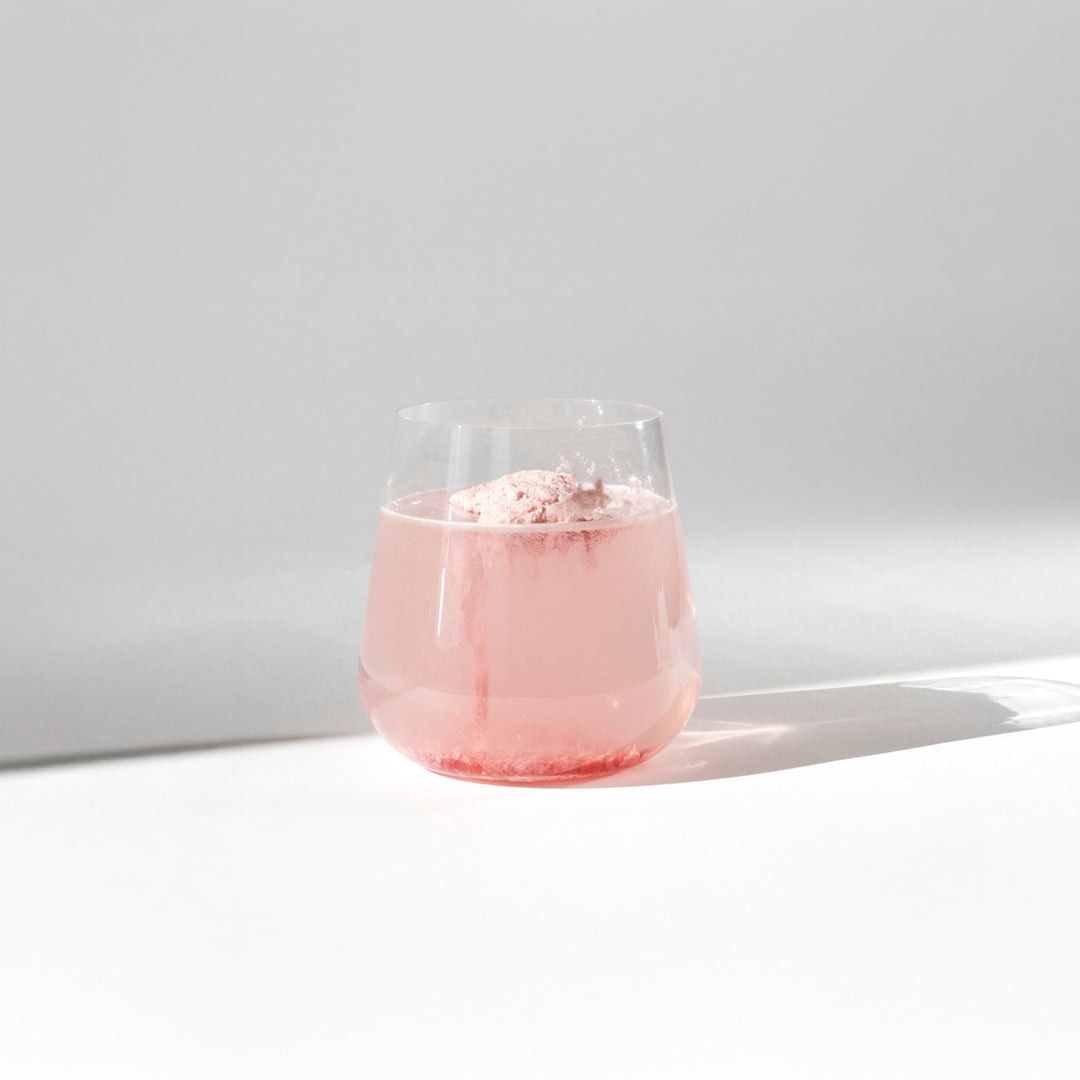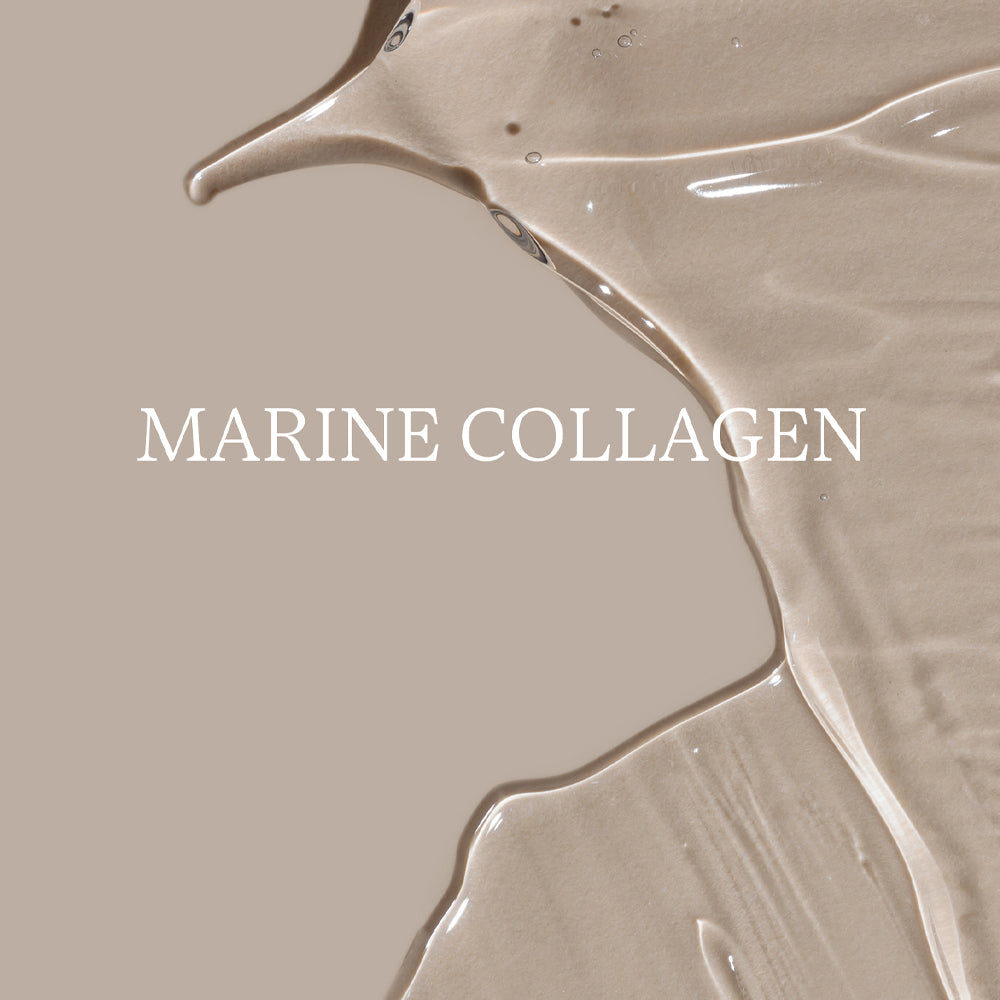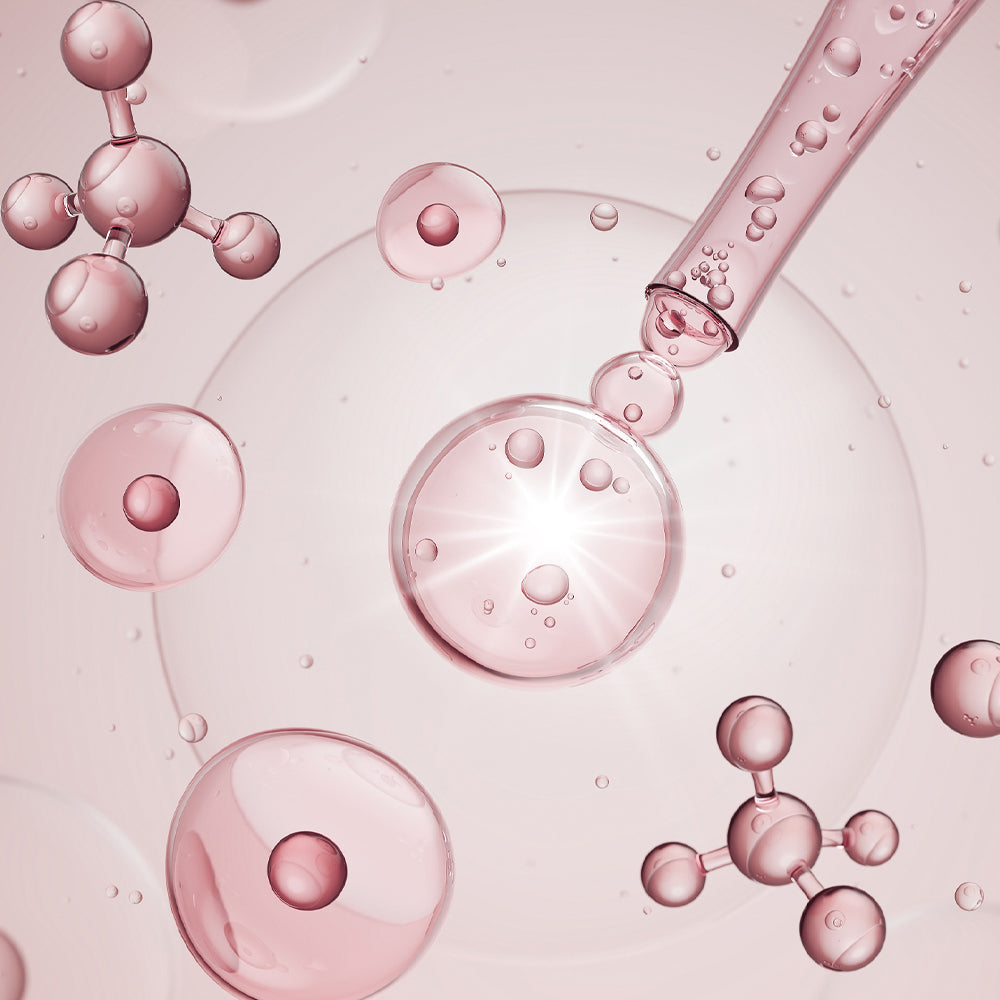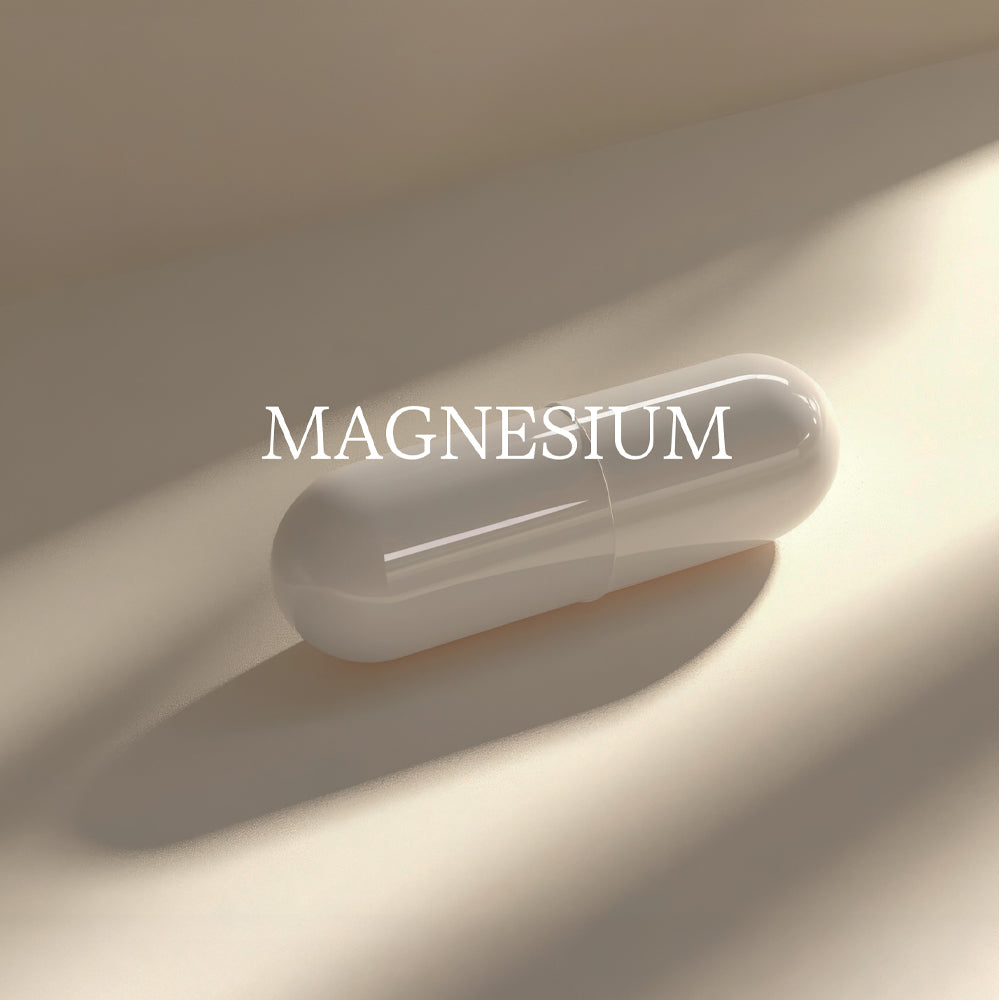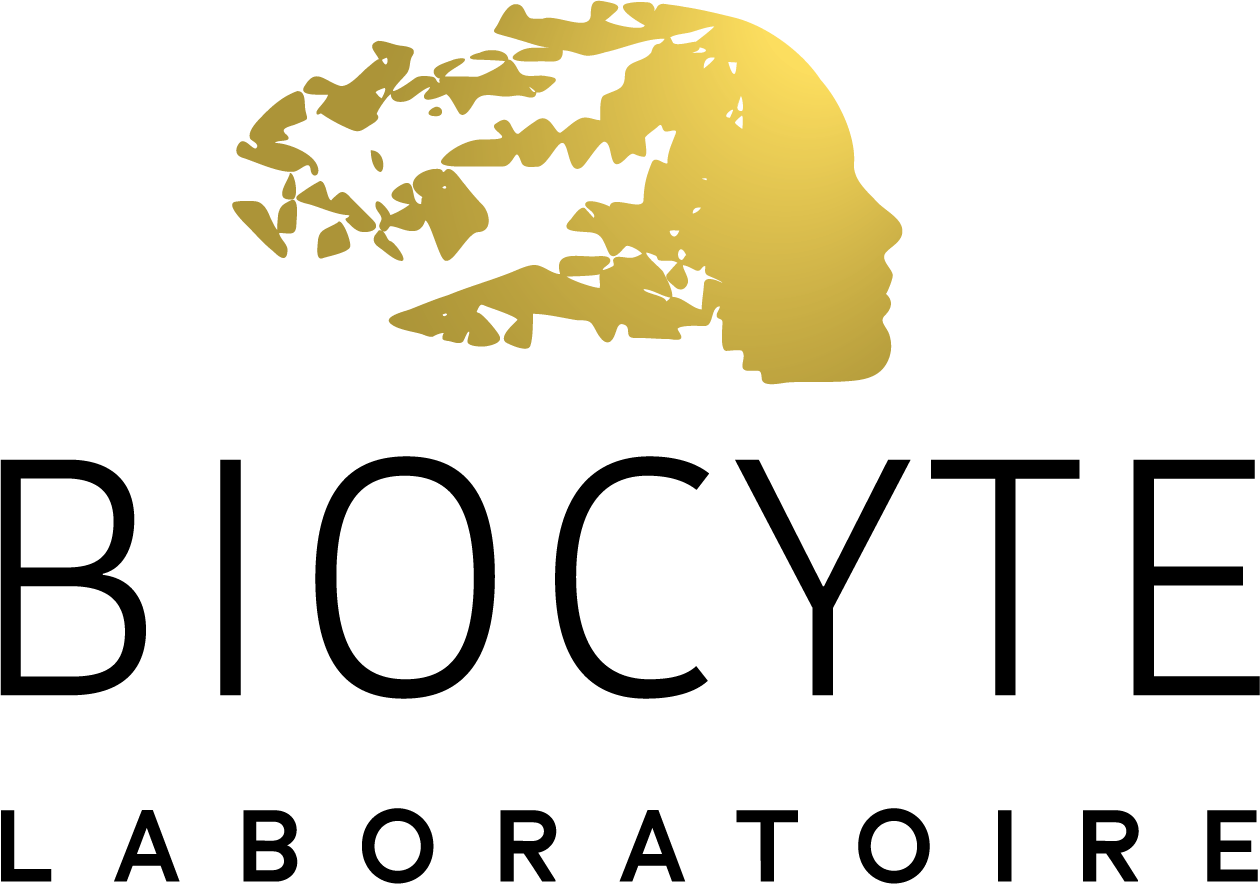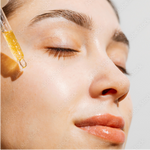CheveuxHow will keratin repair damaged hair?
By Frédéric Levy, co-founder of Biocyte and doctor of pharmacy
Updated on 08/01/2024
Reading time: 1 min
Keratin: your hair beauty ally
If there's one name that's often mentioned when it comes to hair care, it's keratin. This main component of hair—found in both its external and internal structures—is produced naturally by the body. However, keratin can be damaged by various factors. Hair gradually becomes damaged and loses all its natural properties. To repair it, using keratin-based treatments becomes essential.
Hair beauty: why choose keratin treatments?
To treat
damaged hair , Biocyte offers
Kératine forte® shampoo — a keratin shampoo . A true innovation, it deeply nourishes the hair and gives more volume to the hair fibers. Thanks to a combination of keratin and Boket extract, this shampoo gently cleanses, repairs and gives shine to the hair. Bocket is a plant native to Asia that Vietnamese women use a lot to wash their hair. Naturally rich in saponins, this plant has an effective cleansing action.
The combination of this shampoo with Keratine Forte Masque helps
make hair soft and smooth . Formulated with several ingredients, including keratin,
Keratine forte serum® — ampoules is THE most innovative serum currently offered by Biocyte. This
anti-hair loss food supplement directly neutralizes the agents responsible for hair loss. It is based on 4 active ingredients, namely keratin, PQQ, ANAGAINTM and LEGACTIF
TM .
Keratin: but what is it really?
The term keratin refers to an insoluble
protein formed by
18 different amino acids , including cysteine. Synthesized by keratinocyte cells, keratin is naturally present in nails, the epidermis, and especially in hair. It is therefore the main constituent. Keratin is found in significant quantities in the two main hair layers: the cuticle and the cortex.
The cuticle is the outer layer of the hair fiber. It is composed of fine, small, flattened cells arranged one on top of the other. The general appearance of the cuticle vaguely resembles the shape of roof tiles or fish scales. The scales are held together by ceramide, an oily substance made up of essential fatty acids that acts like cement, a barrier against external aggressions, or a sponge. Ceramide not only seals the cuticle scales, but also prevents the water naturally present in the hair from escaping. Ceramide then maintains good hydration of the hair fiber by absorbing water from humid air.
The cortex is the layer located beneath the cuticle. Also called the "cortical layer," the cortex is made up of keratinized and pigmented cells. In this part of the hair fiber, the keratin is fibrillar.
Keratin: an incomparable beauty ingredient for hair
More than just a component of hair care products, keratin is the ultimate
beauty ally for hair . Indeed, all the characteristics of healthy hair are attributed to keratin. These characteristics include, in particular, the hair's impermeability, but also its flexibility. Thanks to keratin-based treatments, hair is also more supple and retains its elasticity.
When the cuticle cells are perfectly flattened and secured with ceramide, hair gains softness, strength, and shine. Hair scales have the ability to reflect light, making hair shinier and more radiant. Conversely, if the scales are open, hair becomes dull and permeable. It feels rough and breaks easily when brushed.
Keratin: beware of aggression
The proteins in hair are strong, of course, but when exposed to all sorts of external aggressions, they can also become damaged. Small cracks form in the keratin, which gradually loses its capacity. Gradually,
Hair becomes thinner and duller. Generally, keratin degradation can be due to:
— Long-term, unprotected exposure to the sun. UV rays alter the structure of hair and gradually destroy keratin. Salt that evaporates from seawater and chlorine—particularly found in tap water—also harm the health of keratin.
— Overuse of hair products such as perms, straightening, relaxing, etc. These products contain reducing agents that penetrate the hair fibers, open the cross-links between keratin chains, and remove lipids and proteins from the hair. Frequent use of coloring products and daily styling with heated appliances also damage keratin.


